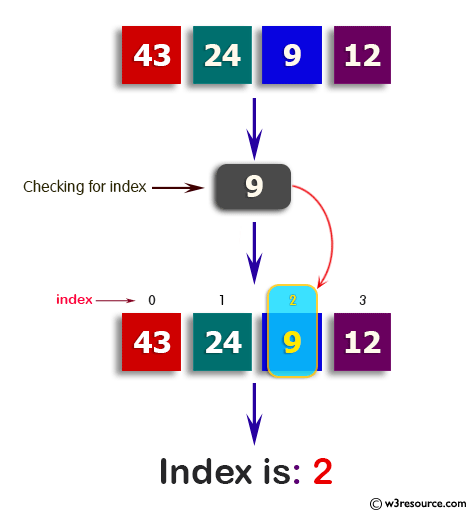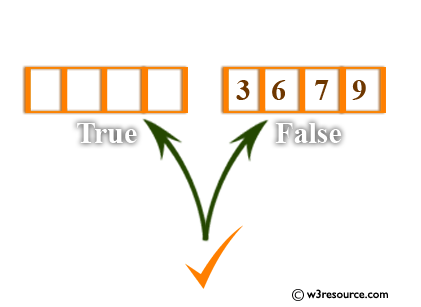

This should give us the CSV string with semicolons used as delimiters: Apple Banana Cherry Date Elderberry Writer = csv.writer(output, delimiter= ' ')

Let's say we want to use a semicolon as the delimiter: import csvįruits = You can specify the delimiter when creating a csv.writer or csv.DictWriter object. However, you can use a different delimiter if needed.
#Python list stack how to
How to Choose Different Delimitersīy default, the csv module uses a comma as the delimiter between values.

Each dictionary in the list has become a row in the CSV string, with the keys as the column headers and the values as the data in the rows.

This shows that our list of dictionaries has been successfully converted to a CSV string. When you run this script, you will see the following output: name,age,city Writer = csv.DictWriter(output, fieldnames=fieldnames) Lists of dictionaries are common data structures where each item in the list is a dictionary: users = [ In Python, a dictionary is an unordered collection of items. This structure becomes particularly important when dealing with data that can be better represented in a tabular format. While lists are excellent for handling ordered collections of items, there are situations where we need a more complex structure to handle our data, such as a list of dictionaries. This should give us a CSV representation of the python_list: dog,33,""
#Python list stack code
To sum it up, our code should look something like this: import csv The writerow() method of the csv.writer object allows us to write the list to the StringIO object as a row in a CSV file: writer.writerow(python_list)įinally, we retrieve the CSV string by calling getvalue on the StringIO object: csv_string = output.getvalue() We then create a csv.writer object with this StringIO object: writer = csv.writer(output) The fieldnames parameter is a sequence of keys identifying the order in which values in the dictionary are written to the CSV file. csv.DictWriter() - returns a writer object which maps dictionaries onto output rows.csv.writer() - returns a writer object responsible for converting the user's data into delimited strings on the given file-like object.The csv library provides several methods for reading and writing CSV data, but, for the purpose of this article, we'll need just a few of them: With this line at the start of our script, we now have access to the csv library's functionalities. This is as simple as using the import keyword: import csv It provides functionality to both serialize and de-serialize data, translating between the CSV data format and Python's in-memory data structures.īefore we can use the csv library, we need to import it into our Python script. Python's built-in csv module is a powerful toolset that makes it easy to read and write CSV files. We are now ready to dive into the actual conversion process using Python's csv library. You can access, modify, and remove items in a list based on their position (index), and lists support various operations such as slicing, concatenation, and repetition. To create a list in Python, you enclose your items in square brackets, separating each item by a comma: python_list = ] In other words, it can store different types of data (like integers, strings, and even other lists) in an ordered sequence. You probably know this already, but a list in Python is a built-in data type that can hold heterogeneous items. Understanding Python Lists and CSV Filesīefore we plunge into the conversion process, it's essential to understand the two key players involved: Python lists and CSV files. We'll explore simple lists, as well as more complex lists of dictionaries, discussing different options and parameters that can help you handle even the trickiest conversion tasks. By the end of it, you'll have an understanding of how to convert Python lists into CSV strings using the Python csv module. In this article, we're going to delve into this specific process.
#Python list stack portable
A common requirement is to convert a Python list to a CSV string, which enables the sharing and storage of data in a universally accepted and highly portable format. In data-driven fields like data analysis, machine learning, and web development, you often need to transform data from one format to another to fit particular needs.


 0 kommentar(er)
0 kommentar(er)
